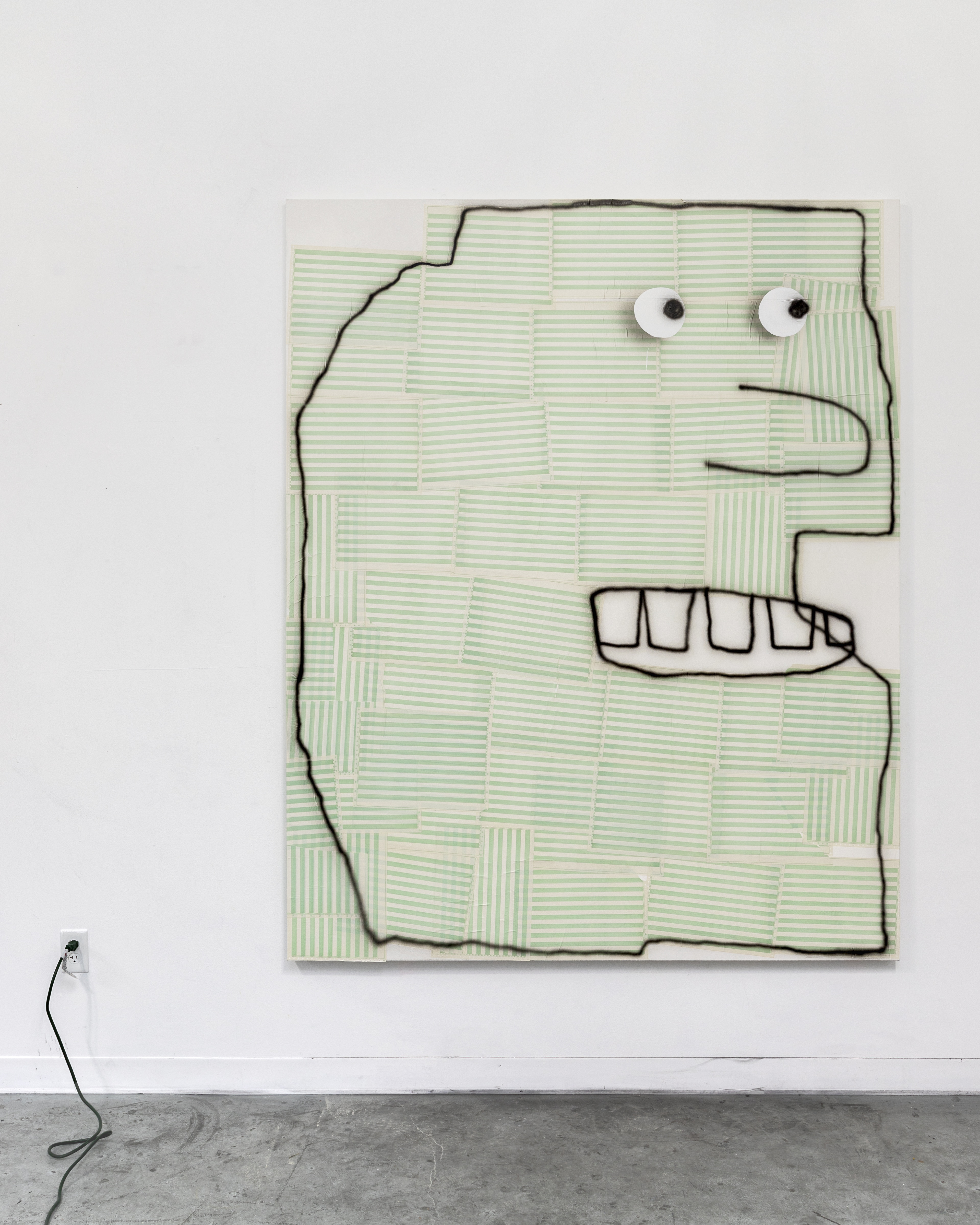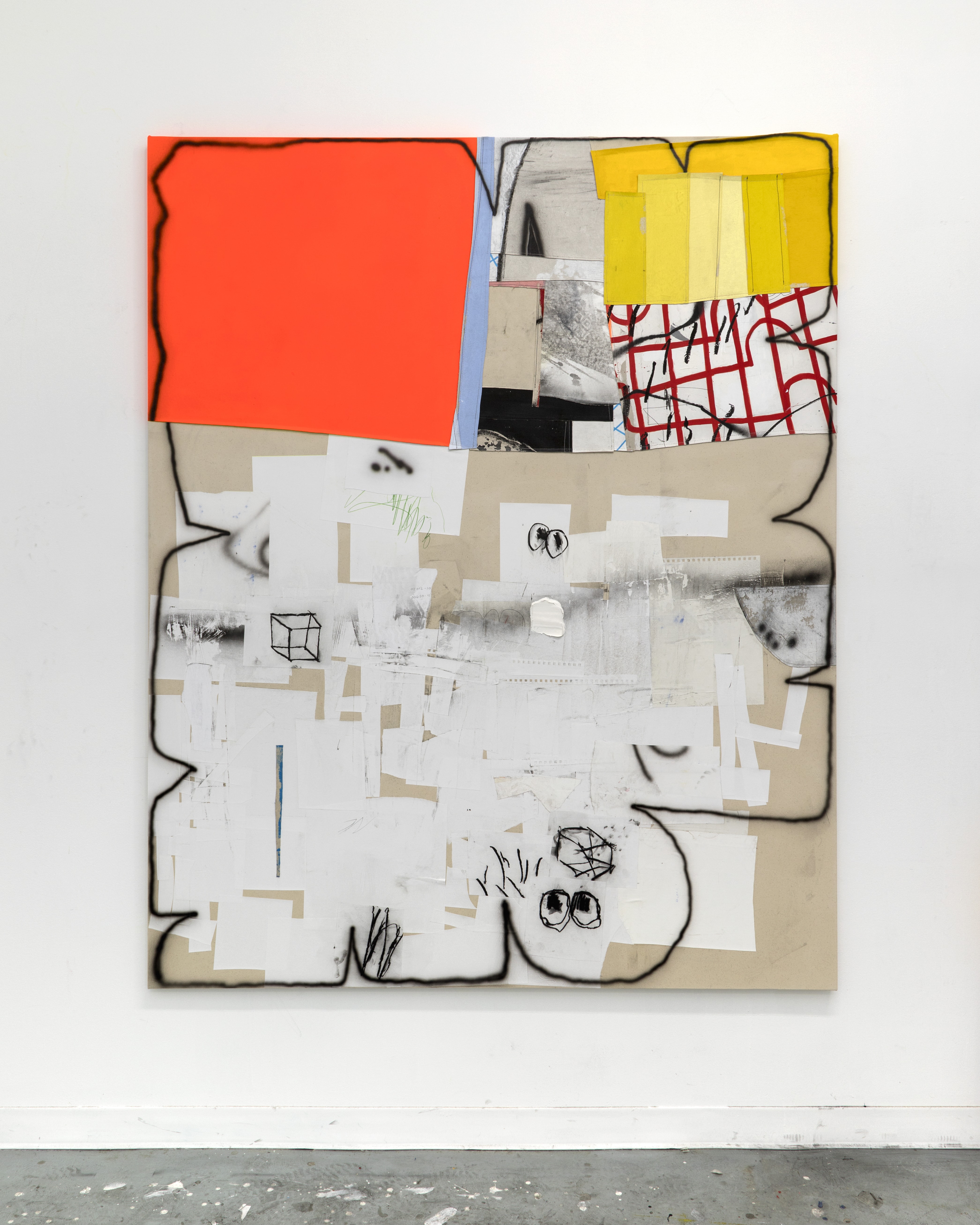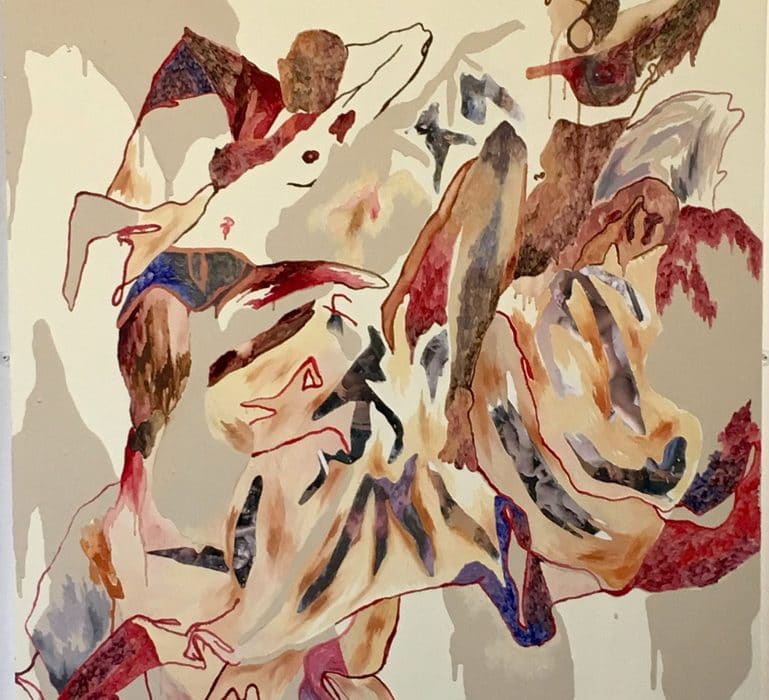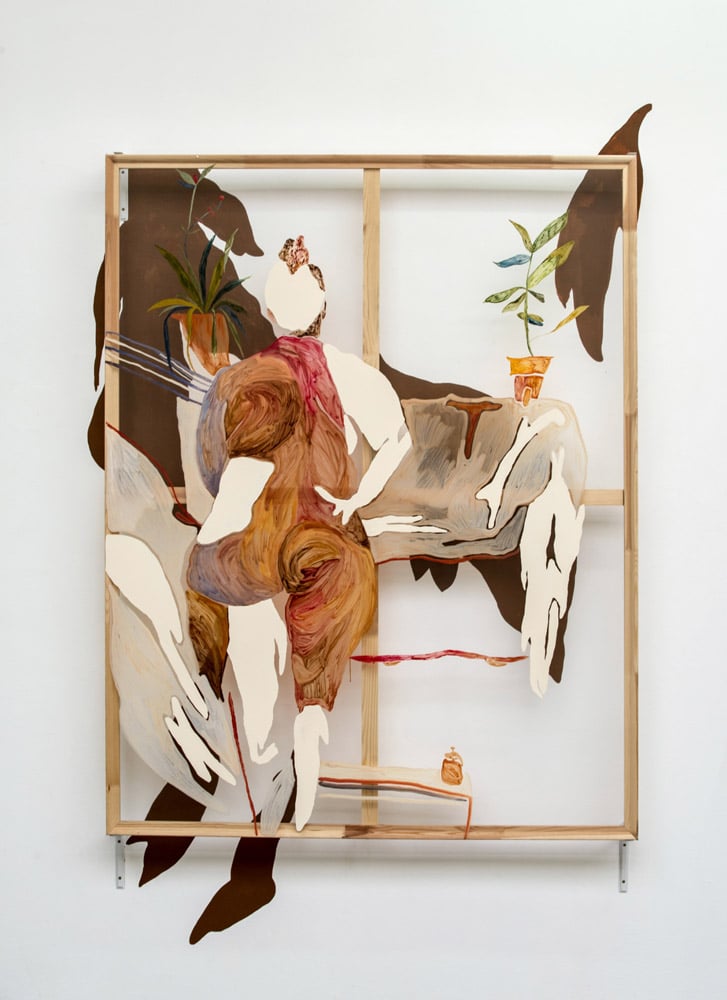Sensitivity to Life – Jean Nagai & Benjamin Murphy
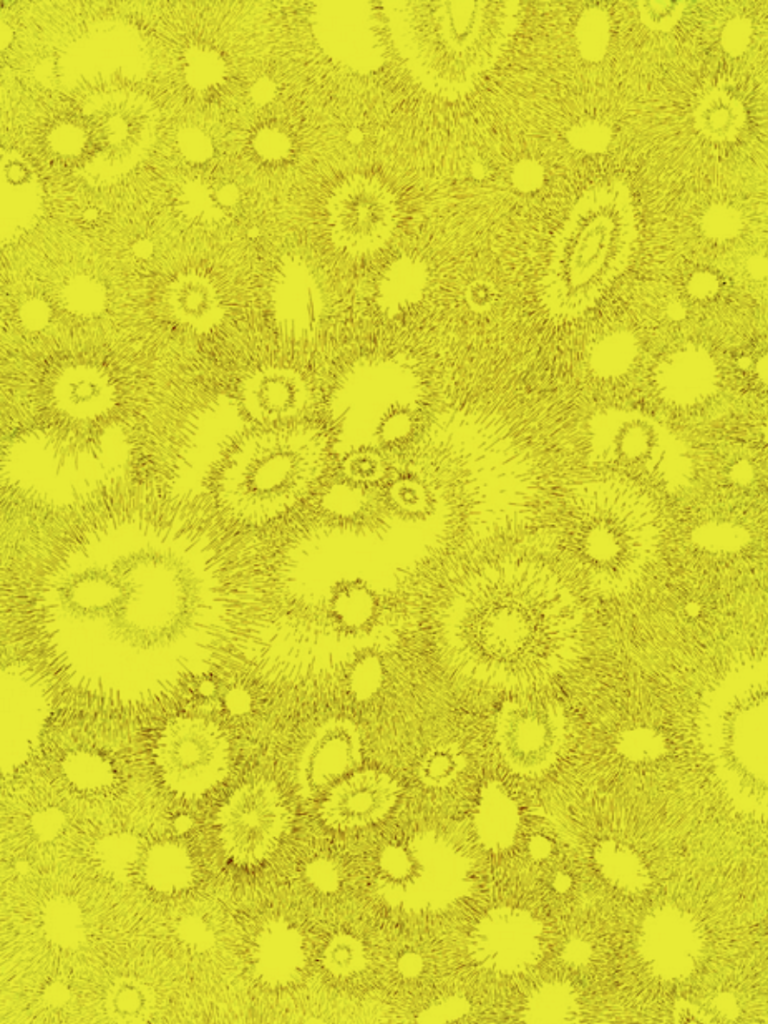
Benjamin Murphy – First question then: why are you an artist
Jean Nagai – When I was 2years old, I fell from an apt window and died for a few minutes. Somehow being an artist was the next logical step
I had some colorful visions while I was between the two worlds.
BM – Holy shit. So do you remember it?
JN – Yes, I remember it. Not specific shapes colors or shapes, details, memories get more vague over time.
BM – How old were you?
JN – I was 2 yrs old. I also remember there was a figure near me as I floated upwards
BM – Do you ever wonder what you would have become if this never happened?
JN – No, I have not had that thought. I was so young, I wouldn’t know if I would even consider myself conscious at that time.
BM – Or what your artwork would be like has it not happened.
JN – Maybe I would have not taken the path of art? Maybe I would have become a cook, like my parents
BM – If for some reason you couldn’t make art any more, do you think becoming a cook is something that you’d consider?
JN – The possibility of what i would do with my life without art seems quite depressing. I don’t know.
BM – Yeah it’s hard to imagine. So what else do you do besides making art?
JN – Hmmm, these days I’ve been traveling a bit. Just spent a couple months in Thailand, and made a large painting for a solo show. I saw the most incredible show in Tokyo where I saw my friends MSHR open for Incapacitants. Honestly it may have been the best show I’ve ever experienced! The sounds, the energy, I felt so proud to see these old Japanese men create a sense of ecstatic bliss out of what could be described as chaos. I also like going on long hikes.
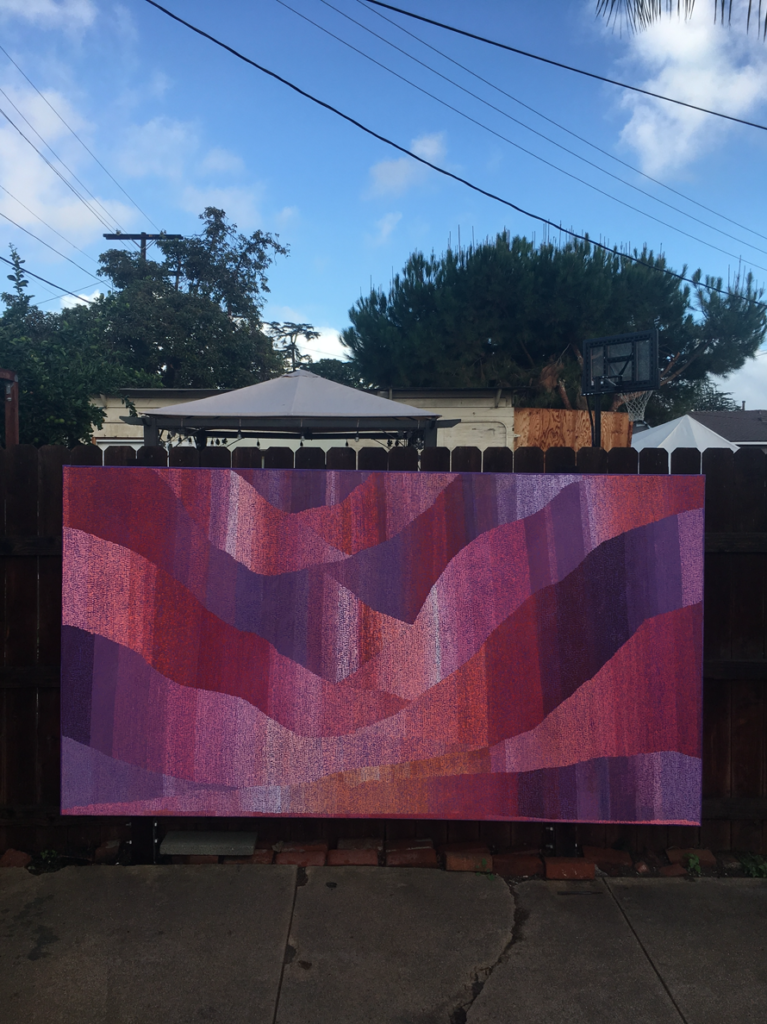
BM – So what art movements or artists are you particularly interested in?
JN – Oh geez, too many to answer… i like art that is hopeful, I like art that is spiritual and I also like when an artist reveals some darkness within us, like Santiago Serra or Bruce Nauman. Georgia O’keeffe is someone I admire greatly.
BM – What do you do when you’re struggling for inspiration?
JN – Oh my. So many things I do to stay inspired. These days it’s running or experiencing art through galleries or talking with other artists. Nature is key for me, and not just mountains but also all the energy that’s just blasting around the city is also nature for me.
BM – What is it that you want your artworks to do?
JN – Maybe what I wanna say with my work is to project a kind of sensitivity to life. Not necessarily fragility although life can be. I think it’s important for people to show that feeling, in art and in the real world.
BM – So one last question: fantasy dinner party, which people living or dead would you invite, you have 6 seats.
JN – Oh geez…your questions fill me with more questions and with endless possibilities…someone from the Denisovan tribe, ghengis khan, nikola Tesla, someone who has worked at area51, Ana mendieta, Jean Michael Basquit
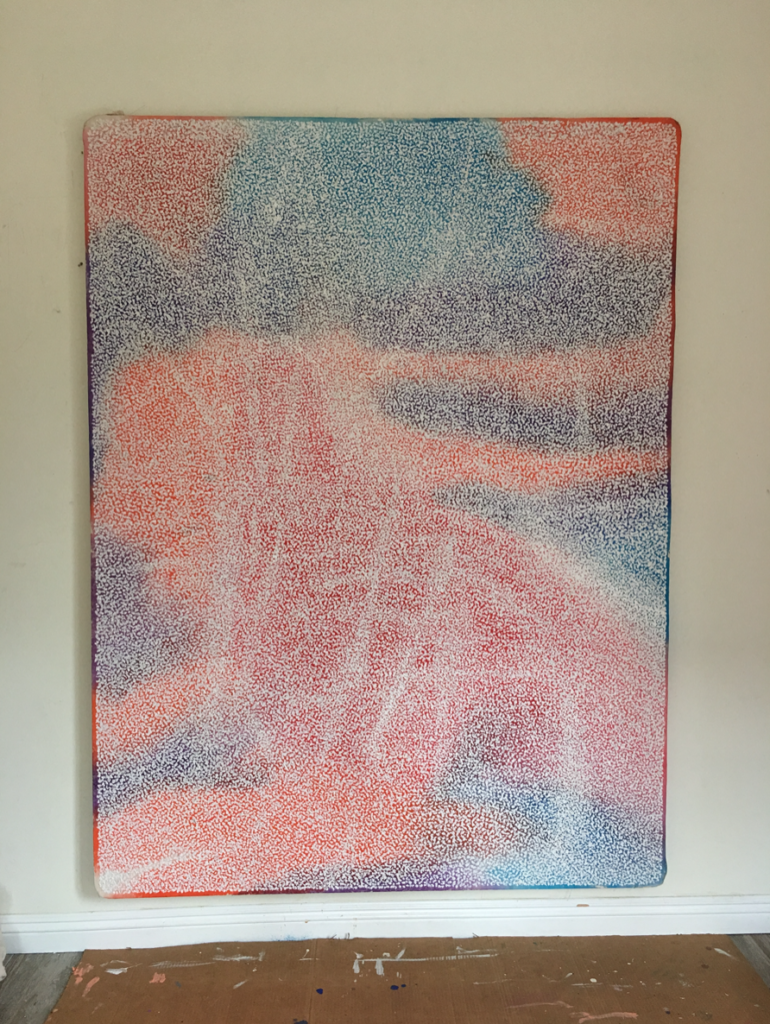
For more conversations
For more from Jean Nagai, here is his Instagram


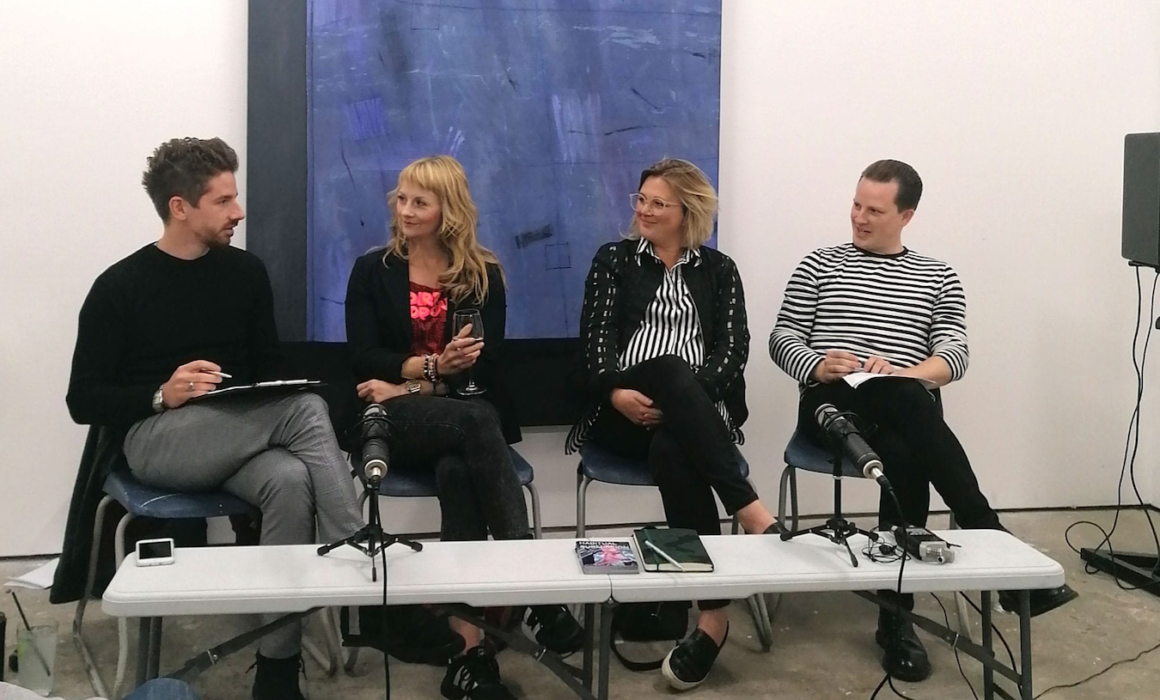
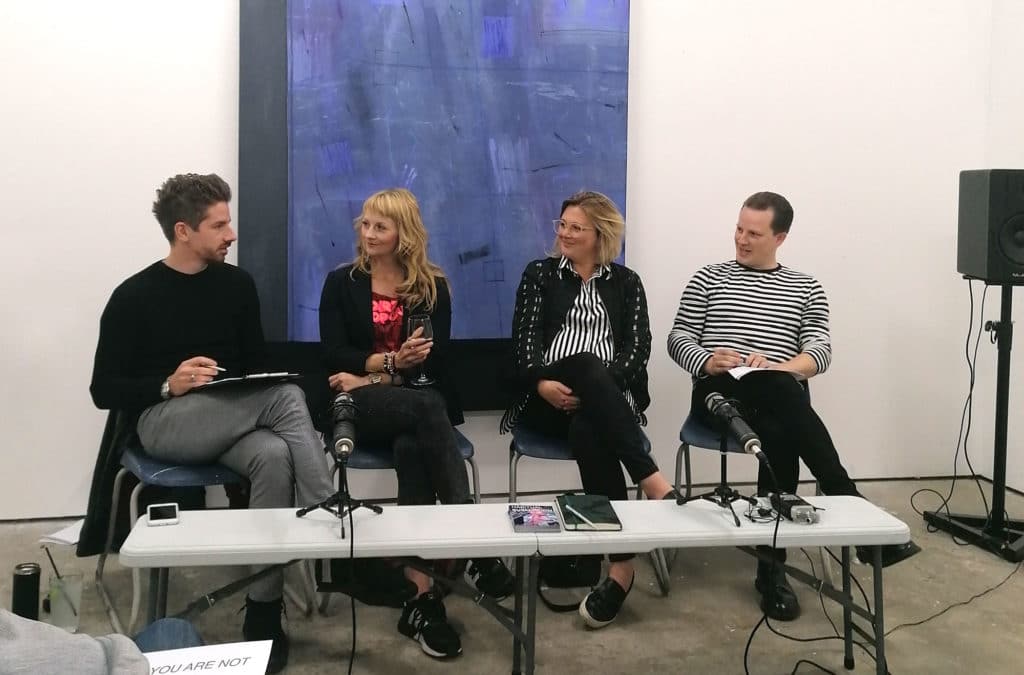
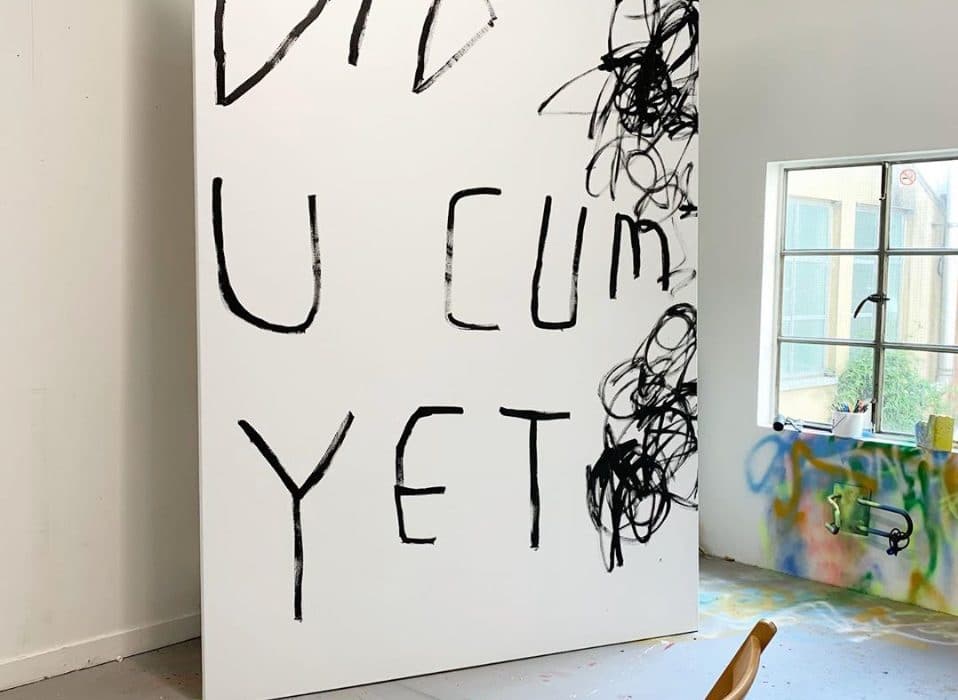

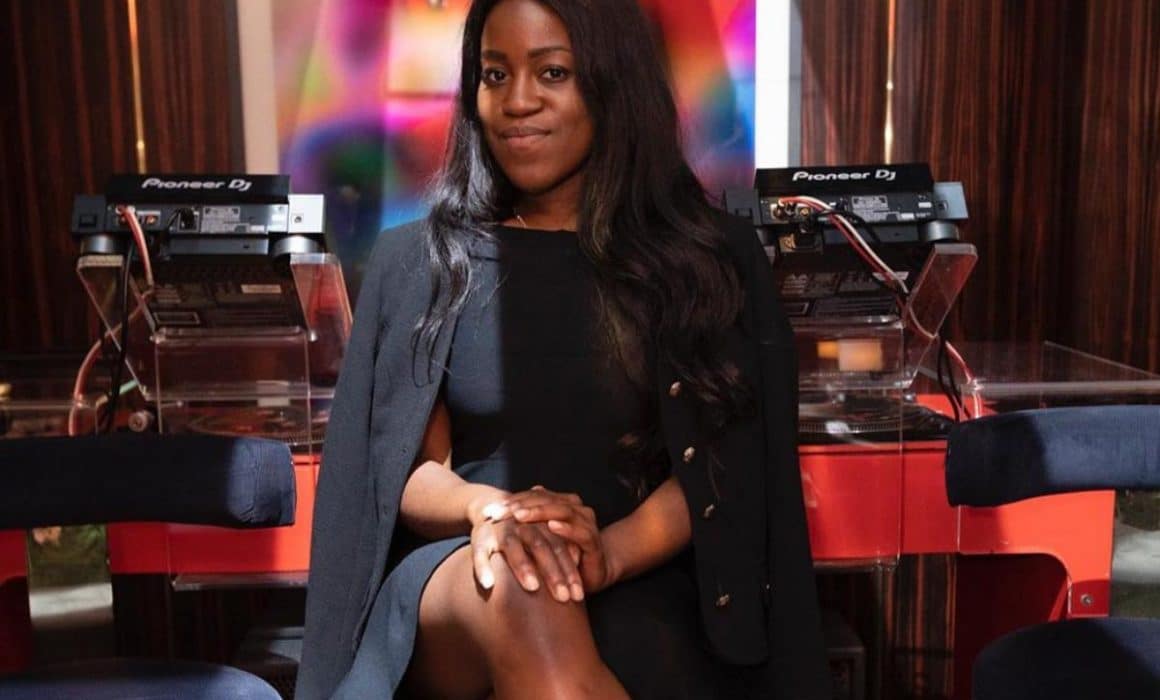
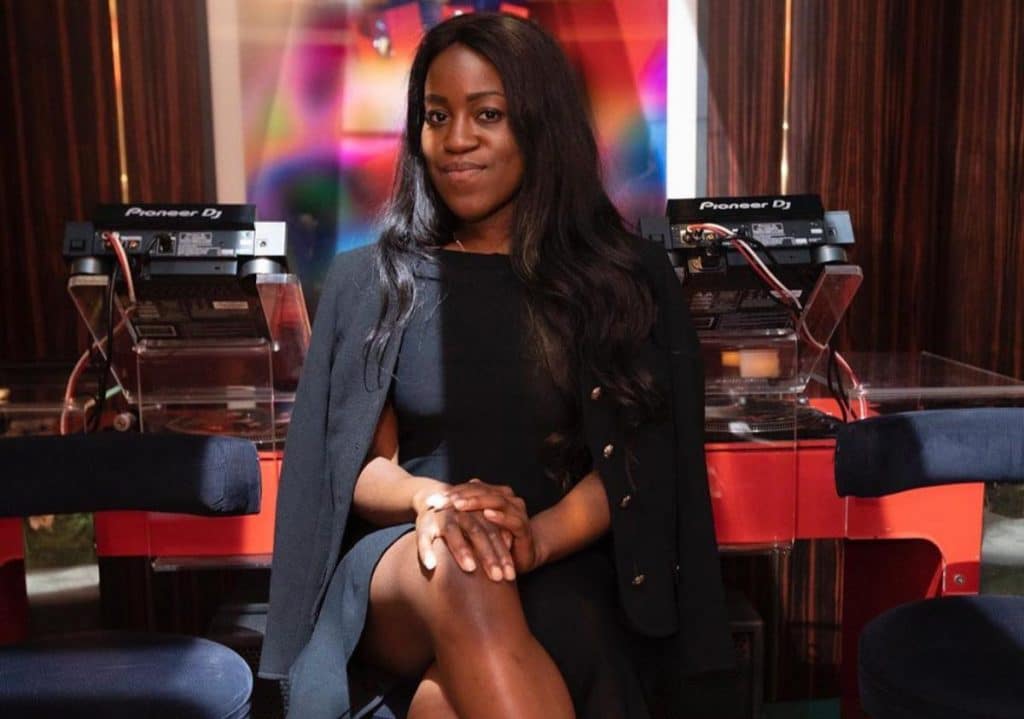
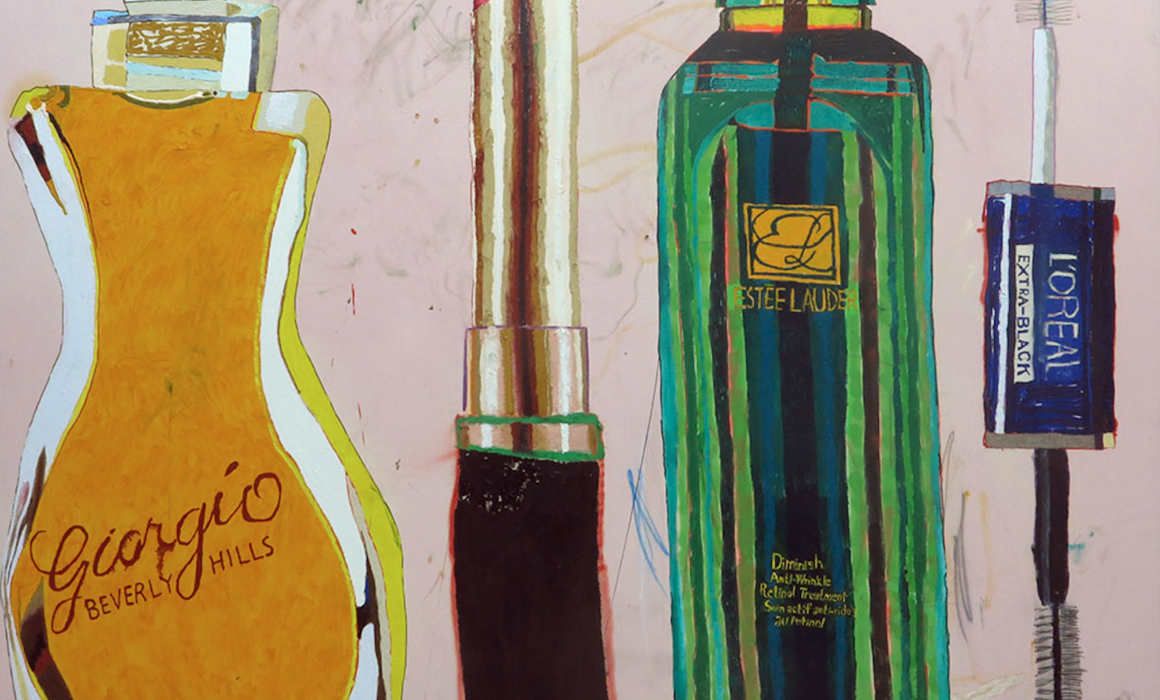
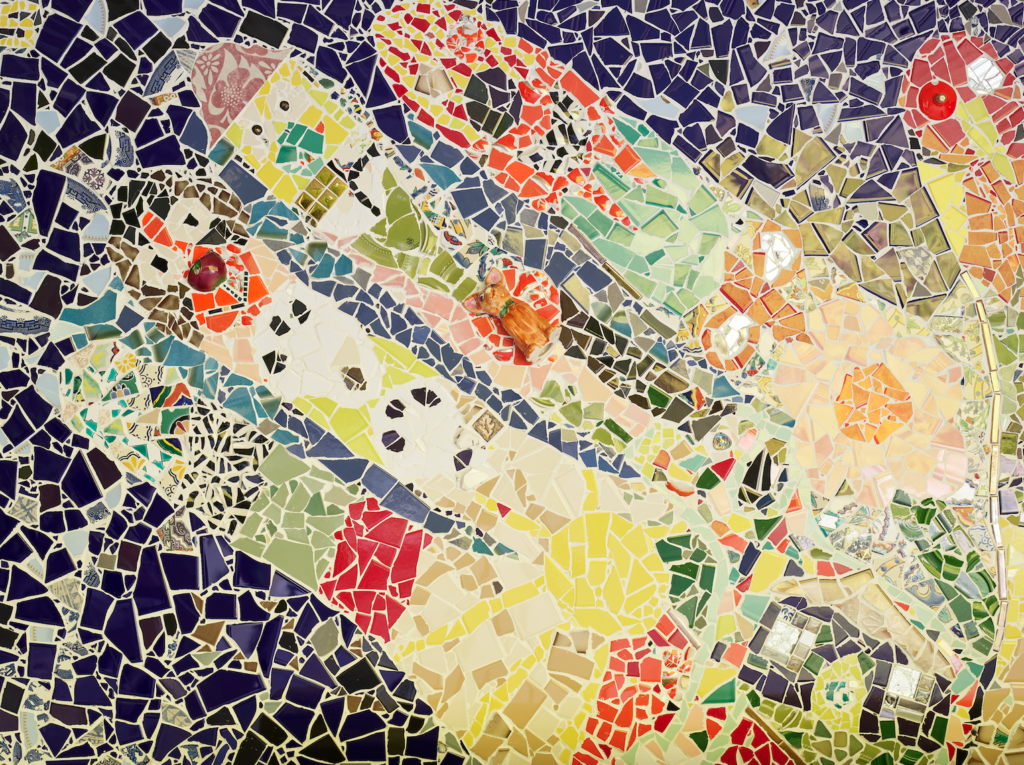
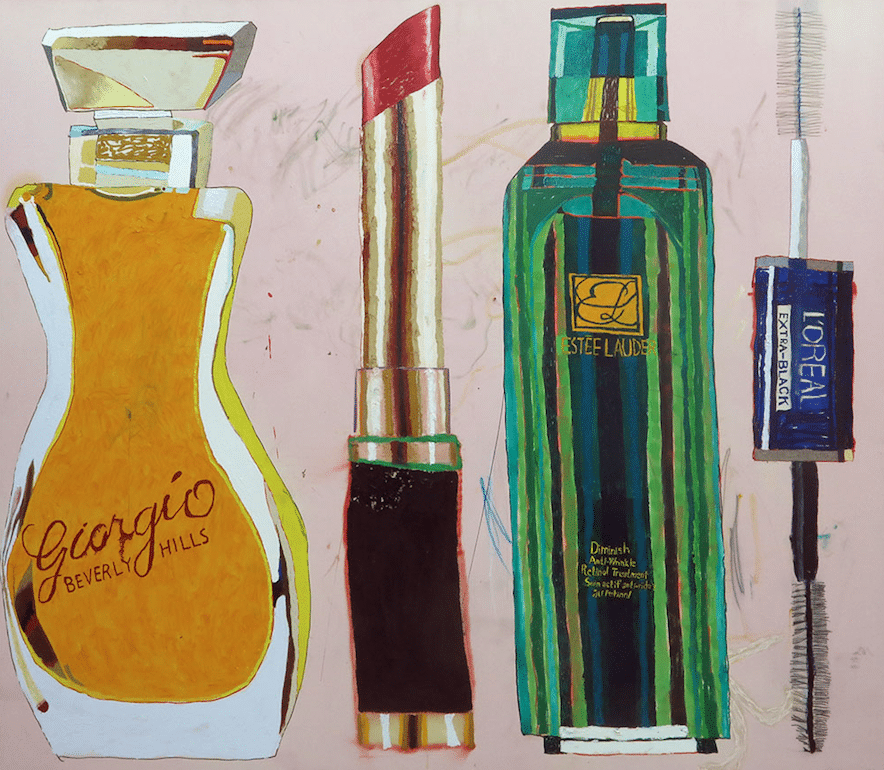
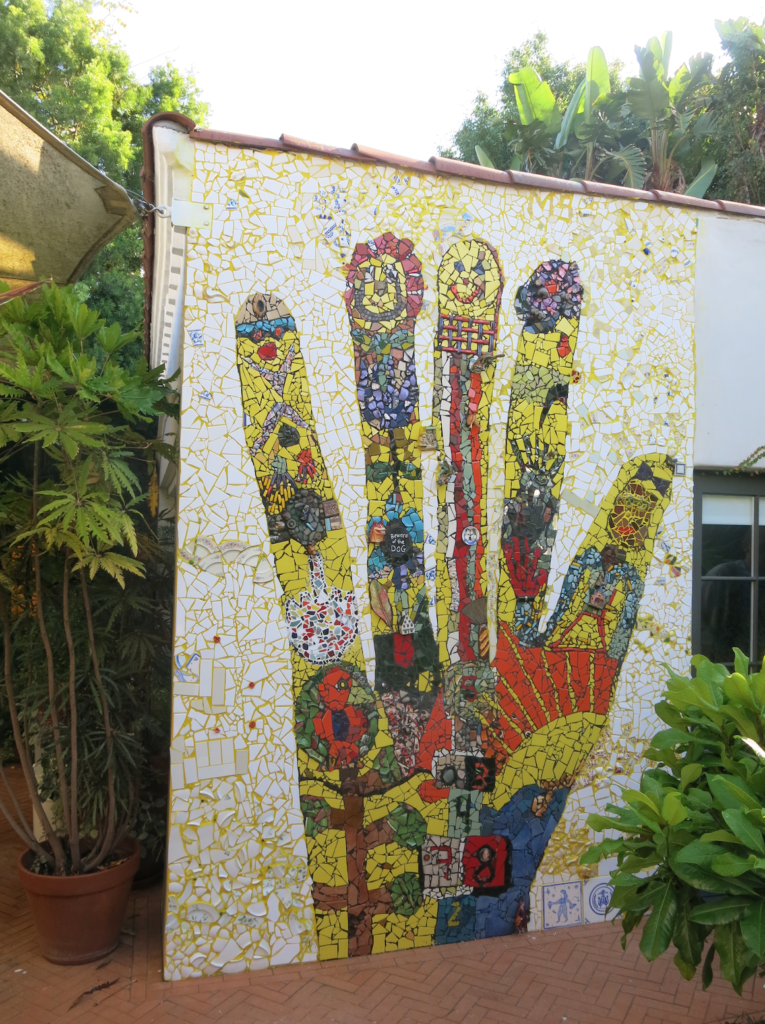
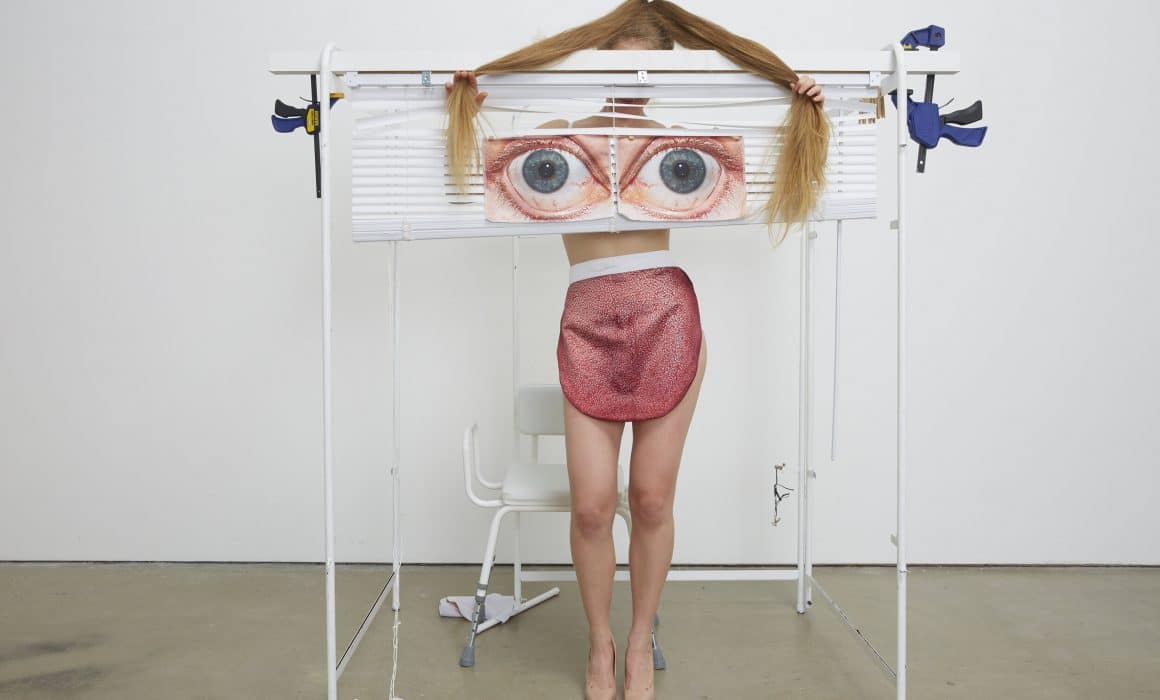

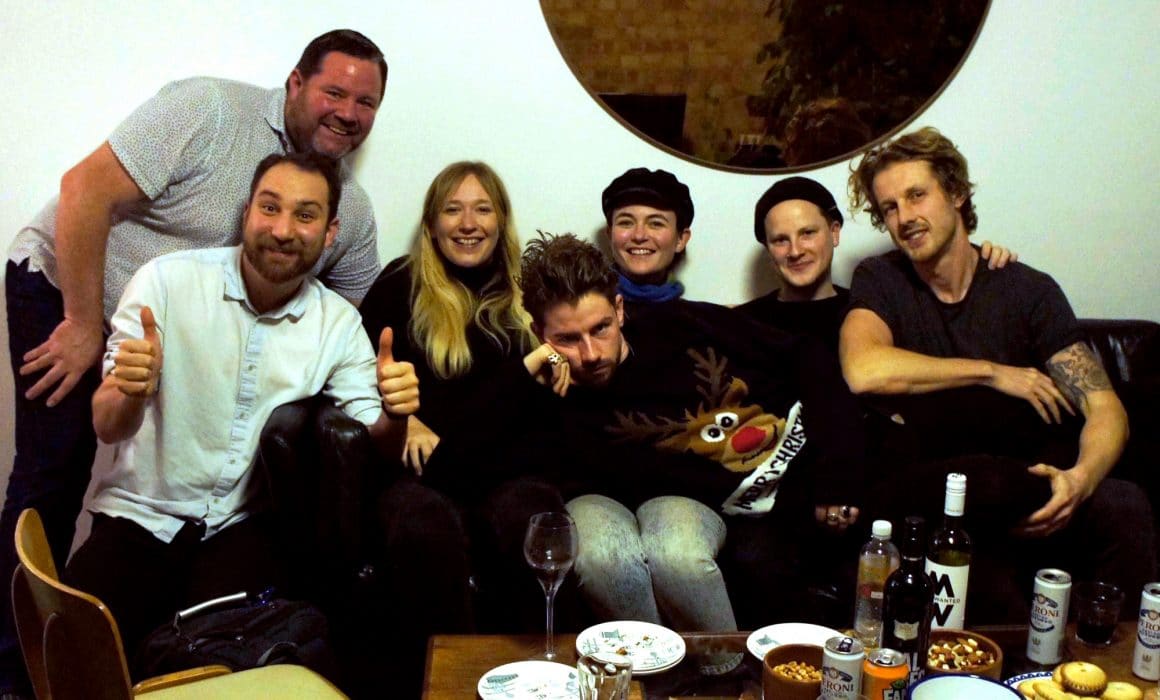
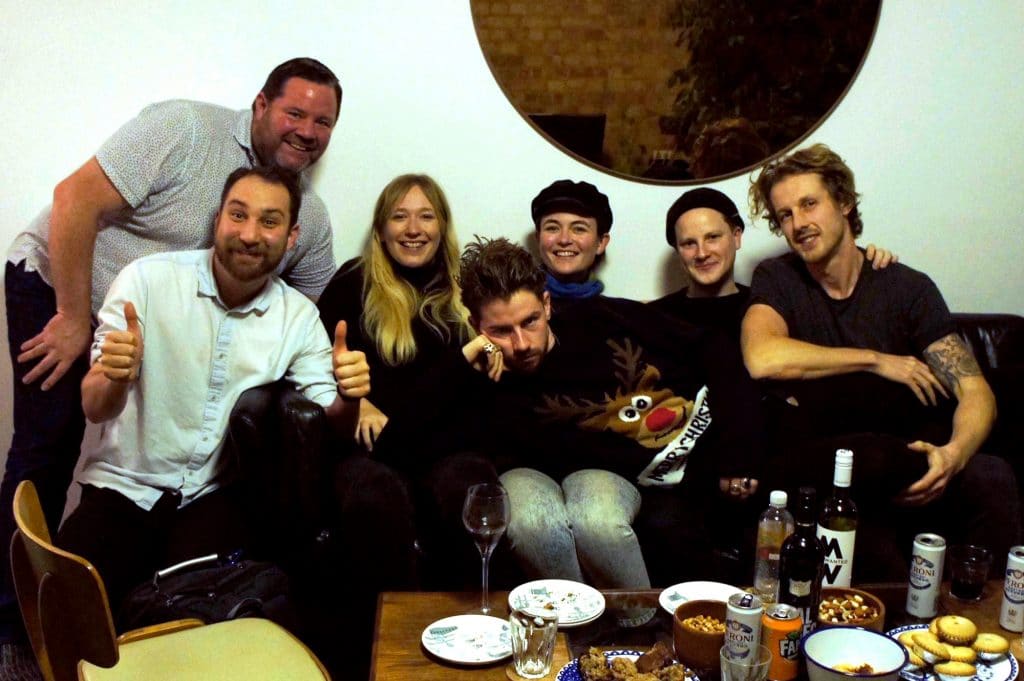

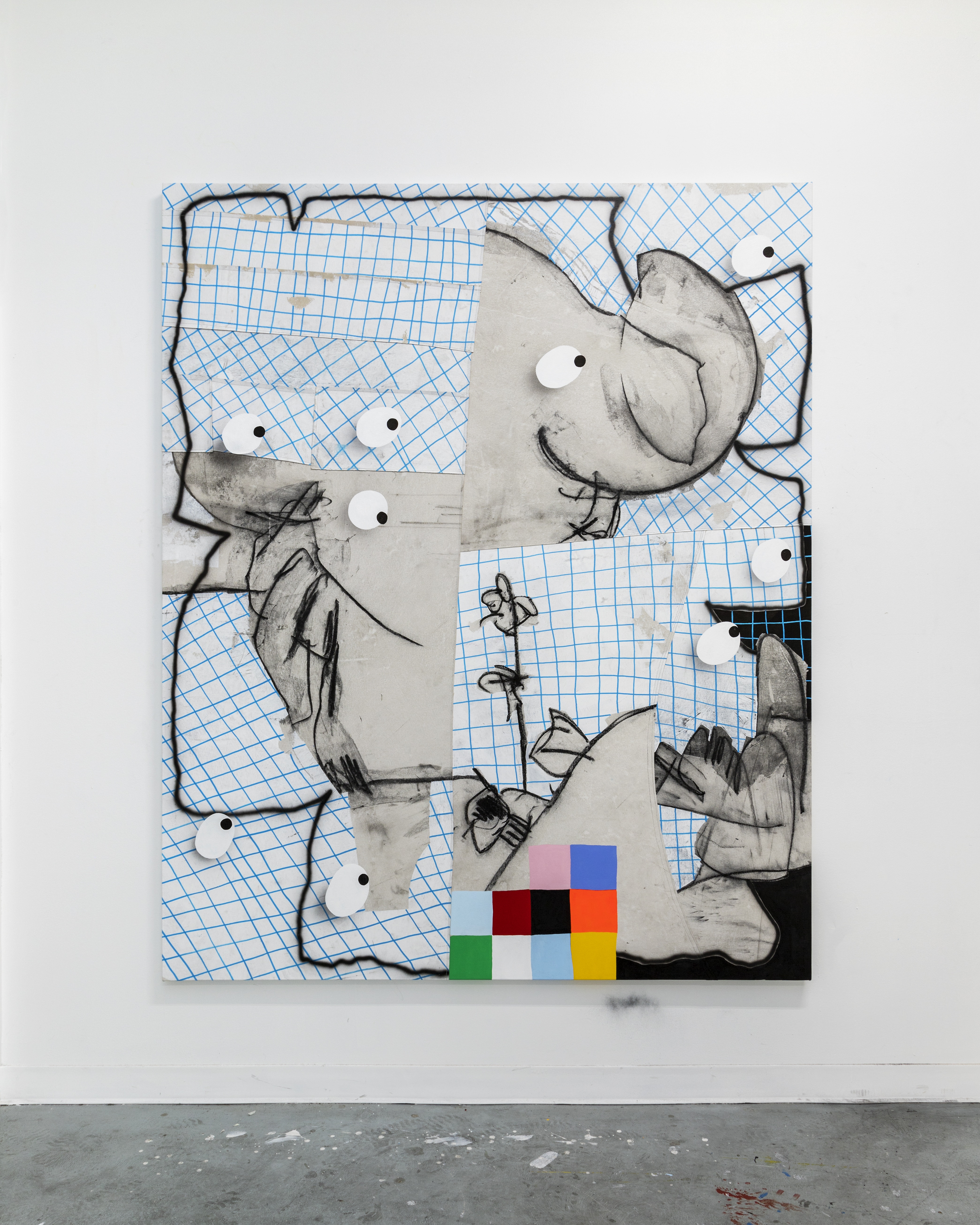

 BM – What is your work about?
TAW – I don’t ever intentionally make work about a specific subject, or try to direct viewers to see it in a certain way. Often I can overhear a segment of a conversation or something like that, and it sort of becomes a point of departure in a painting. I’m always interested in letting the work completely become unhinged from that initial prompt, and I never feel any obligation to circle back and force it to make sense, to resolve it
BM – So how does it make you feel when you look at it afterwards, and are there any signifiers within the work that you can identify as being related to certain things?
TAW – I generally don’t let a painting survive if it makes sense, I find it boring.
Sometimes symbols and shapes that I draw are interpreted as specific signifiers for something, but they’re most often based on my immediate interest in drawing them.
Sometimes that can result in something that maybe points to things happening in the subconscious l, but I’m comfortable with letting people interpret it however they’d like.
I also had a great teacher that once told me “you’re saying more than you might think”.
So I just kept going, firing from instinct and impulse.
BM – What is your work about?
TAW – I don’t ever intentionally make work about a specific subject, or try to direct viewers to see it in a certain way. Often I can overhear a segment of a conversation or something like that, and it sort of becomes a point of departure in a painting. I’m always interested in letting the work completely become unhinged from that initial prompt, and I never feel any obligation to circle back and force it to make sense, to resolve it
BM – So how does it make you feel when you look at it afterwards, and are there any signifiers within the work that you can identify as being related to certain things?
TAW – I generally don’t let a painting survive if it makes sense, I find it boring.
Sometimes symbols and shapes that I draw are interpreted as specific signifiers for something, but they’re most often based on my immediate interest in drawing them.
Sometimes that can result in something that maybe points to things happening in the subconscious l, but I’m comfortable with letting people interpret it however they’d like.
I also had a great teacher that once told me “you’re saying more than you might think”.
So I just kept going, firing from instinct and impulse.
